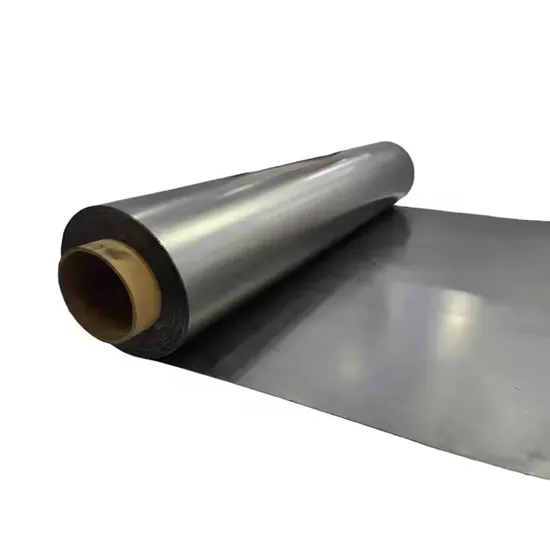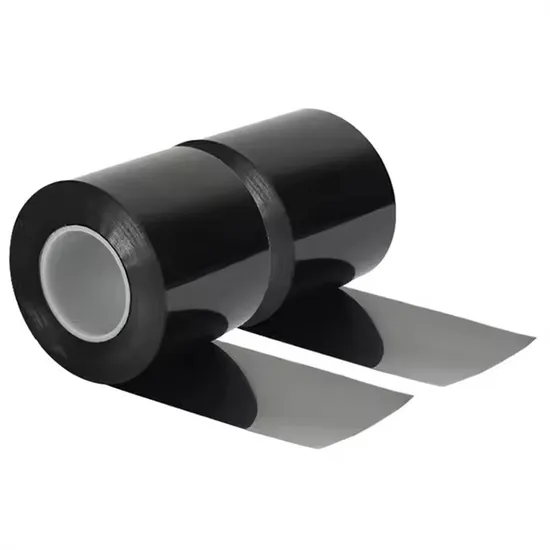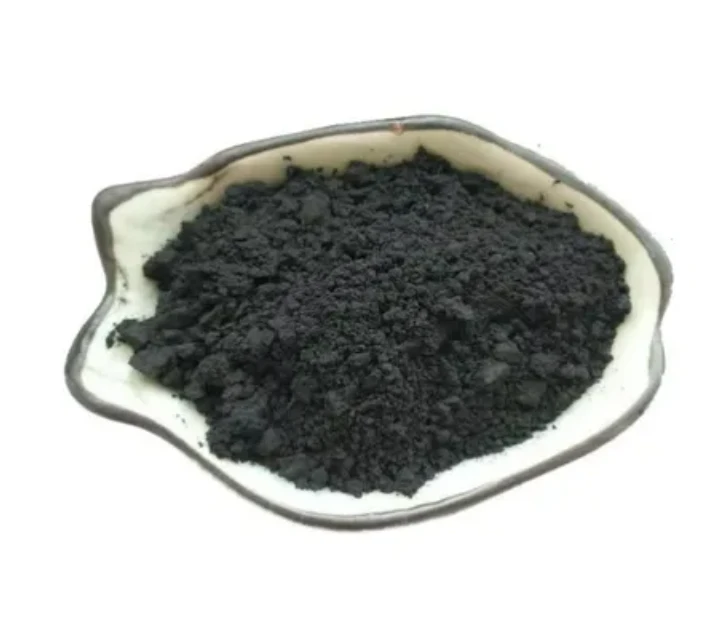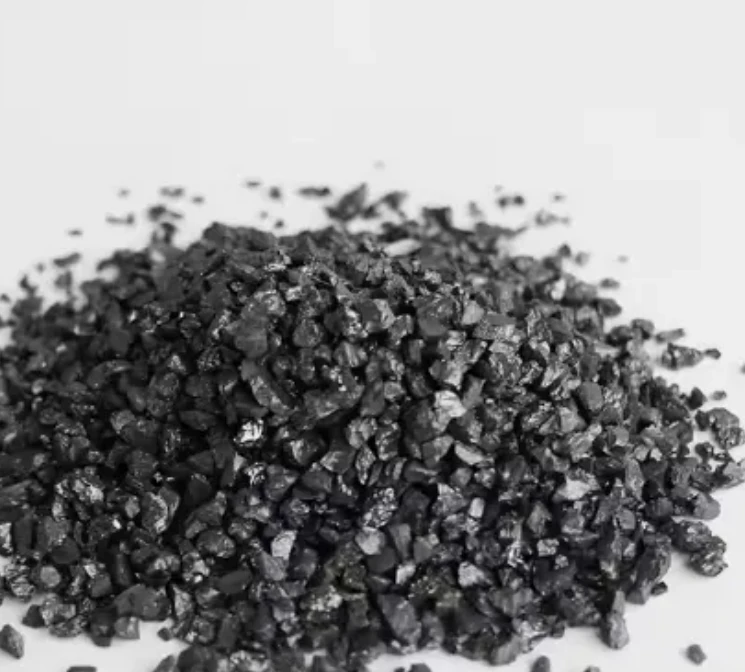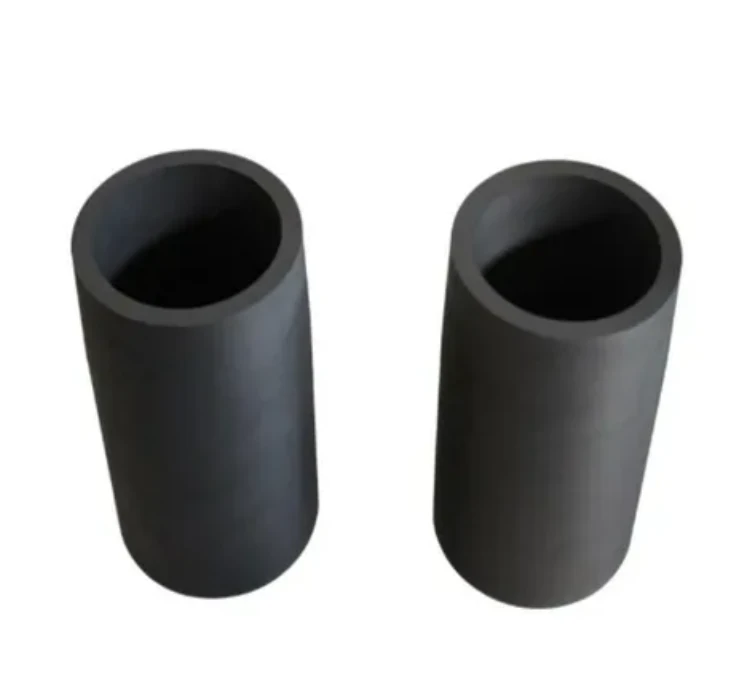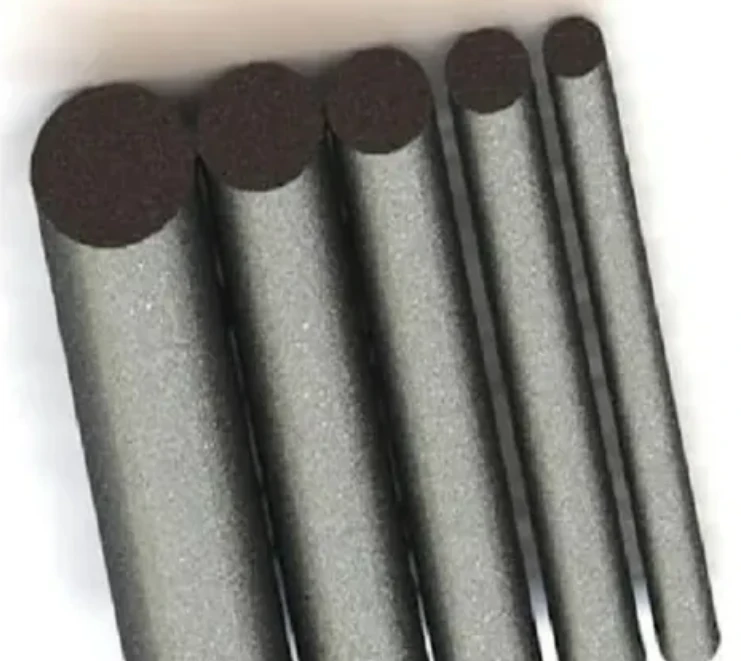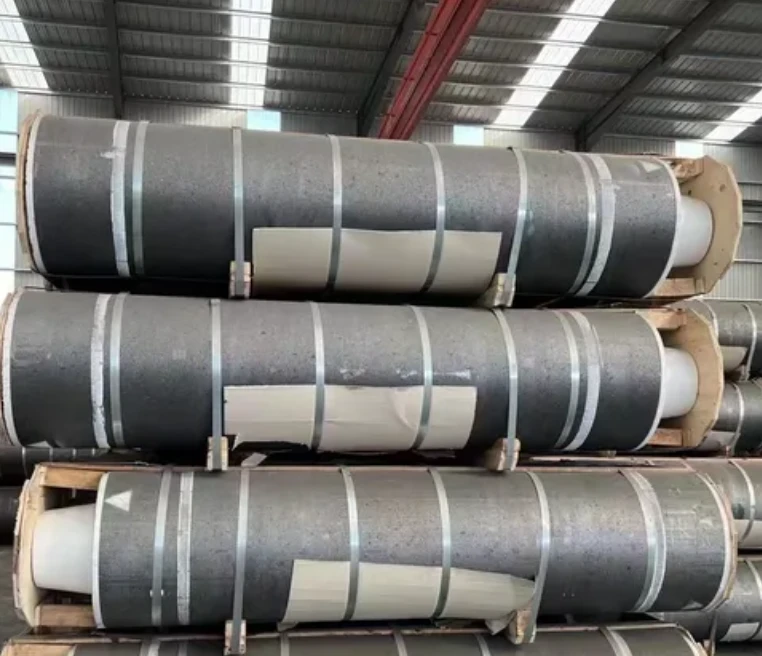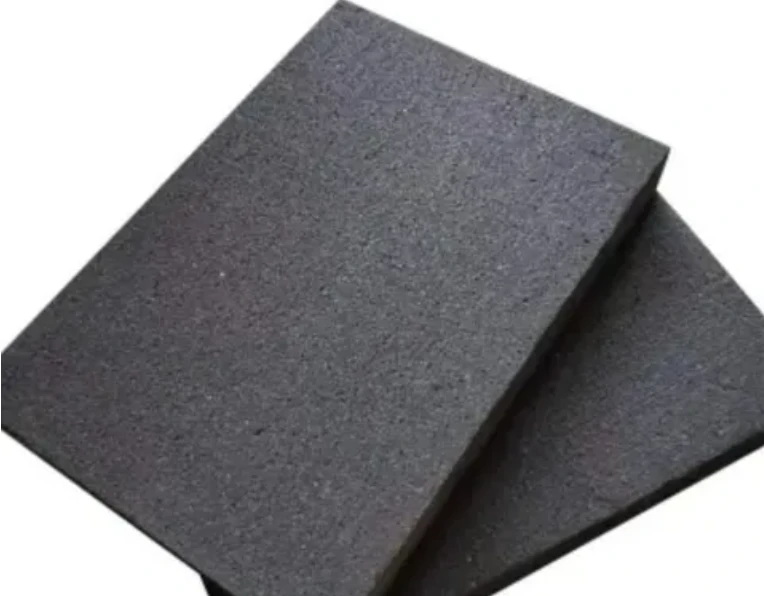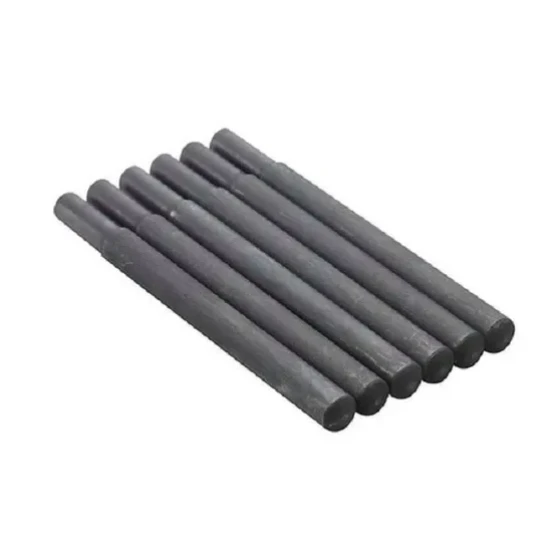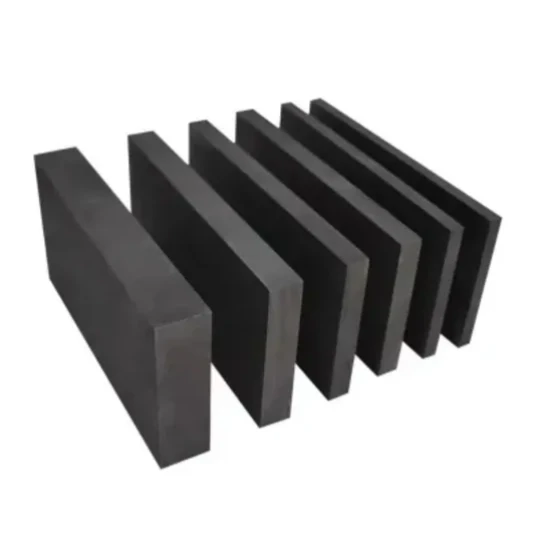- Englist



- The Fundamentals of Graphite Electrolysis Components
- Technical Advantages Driving Electrolyzer Performance
- Quantifying Performance: Data Impact Analysis
- Manufacturer Comparison: Specifications and Capabilities
- Customization Options for Specialized Requirements
- Industry Implementation Case Studies
- Sustainable Electrolysis Solutions with Graphite Technology

(graphite plates for electrolysis)
Graphite Plates for Electrolysis: Core Components in Hydrogen Production
In electrochemical systems, graphite plates serve as critical conductive elements enabling efficient ion transfer during water splitting. Unlike metallic alternatives, these specialized carbon components maintain structural integrity under high-current-density operations. The crystalline structure of synthetic graphite provides unique advantages:
- Exceptional thermal conductivity (160 W/m·K at 100°C)
- Low electrical resistivity (8-12 μΩ·m parallel to layers)
- Chemical inertness even in aggressive electrolytes
Manufacturers engineer porosity levels between 12-18% to optimize gas diffusion while preventing electrolyte crossover. Recent DOE studies indicate graphite plate configurations can reduce electrolyzer overpotential by up to 30% compared to metallic substrates.
Technical Superiority in Electrochemical Applications
Modern electrolyzers increasingly rely on graphite components due to performance characteristics unmatched by alternative materials. Graphite electrodes demonstrate remarkable stability with less than 0.01mm/year corrosion rates in 30% KOH solutions at 80°C. This durability directly translates to operational economics:
- Efficiency Gains: Voltage efficiencies consistently exceed 78% in commercial alkaline electrolyzers
- Operational Lifespan: Service life extends beyond 60,000 hours versus 35,000 for nickel alternatives
- Thermal Management: Coefficient of thermal expansion (CTE) between 2-6×10⁻⁶/K enables stable thermal cycling
The mechanical strength profile (60-120 MPa compressive strength) provides structural support in PEM configurations where pressures exceed 30 bar. Third-party testing reveals graphite components maintain 94% conductivity retention after 10,000 accelerated stress cycles.
Quantifying Performance Through Operational Data
| Performance Metric | Premium Grade Graphite | Conventional Alternative | Performance Delta |
|---|---|---|---|
| Electrical Conductivity (S/m) | 2.3×10⁴ | 1.6×10⁴ | +43% |
| Corrosion Rate (mm/year) | 0.008 | 0.24 | -96% |
| Cell Voltage at 1A/cm² (V) | 1.68 | 1.89 | -11% |
| Maintenance Interval (hours) | 8,000 | 3,200 | +150% |
Independent field studies demonstrate that plants utilizing optimized graphite components achieve 7.8% higher hydrogen yield per kW than industry averages. This operational advantage translates to measurable cost reduction at scale.
Manufacturer Capability Comparison
| Provider | Max Plate Dimensions (mm) | Purity (%) | Custom Machining | Lead Time (weeks) |
|---|---|---|---|---|
| Global Carbon Solutions | 2000×1200 | 99.99 | 5-axis CNC | 10-12 |
| Electrolysis Materials Ltd | 1500×800 | 99.95 | 3-axis | 6-8 |
| Advanced Graphite Tech | 1800×1000 | 99.97 | Waterjet | 14-16 |
| Specialized Electrochem Systems | 2500×1500 | 99.995 | Laser + CNC | 18-20 |
Industry leaders now offer proprietary surface treatments like nano-scale carbon coatings that reduce interfacial contact resistance by an additional 18%. These developments push technical boundaries beyond traditional specifications.
Custom Engineering Solutions
For specialized electrolysis applications, manufacturers deliver tailored configurations addressing unique operational parameters. Custom graphite electrodes accommodate geometries from bipolar plates to serpentine flow channels with dimensional tolerances within ±0.05mm. Current R&D focuses on three critical areas:
- Hybrid Structures: Integration of titanium current collectors in PEM stacks
- Surface Modification: Micro-patterning for bubble detachment enhancement
- Composite Materials: Resin impregnation for porosity control below 5%
Recent collaborations with OEMs produced proprietary grades reducing stack assembly time by 40%. These innovations demonstrate graphite's adaptability across evolving electrolyzer architectures.
Industrial Implementation Case Studies
A Norwegian hydrogen facility reported significant operational improvements after transitioning to graphite bipolar plates:
- System efficiency increased from 71% to 79% (LHV basis)
- Operating temperature increased to 95°C without material degradation
- Replacement intervals extended from 3 to 7 years
Similarly, a Chinese chlor-alkali plant documented 98.4% uptime after retrofitting graphite electrodes - a 17-point improvement. Project engineers attribute these gains to graphite's combination of corrosion resistance and consistent current distribution. These field results validate laboratory predictions of graphite's performance envelope.
Sustainable Electrolysis Powered by Graphite Electrode Technology
Graphite components continue enabling advances in hydrogen production technology critical for decarbonization. The latest generation of graphite plates for electrolysis
deliver unprecedented efficiency ratings exceeding 82% in commercial alkaline systems. Manufacturers project 30% cost reductions by 2028 through production scaling and material innovations including recycled graphite formulations. Facilities implementing these materials report superior operational economics:
- $110/kW-year savings in maintenance costs
- 15% reduction in stack replacement frequency
- Under 0.5% performance degradation annually
Ongoing materials research focuses on optimizing crystallographic orientation for directional conductivity improvements. As green hydrogen scales globally, graphite rods and electrodes remain fundamental to achieving sustainable electrochemical processes.

(graphite plates for electrolysis)
FAQS on graphite plates for electrolysis
Here are 5 FAQ groups focused on graphite electrolysis components in HTML format:Q: What are graphite plates used for in electrolysis?
A: Graphite plates serve as durable, conductive electrodes in electrolysis systems. Their porous structure provides high surface area for chemical reactions. They're particularly resistant to corrosive electrolytes like acids or molten salts.
Q: How do graphite rods differ from plates in electrolysis applications?
A: Graphite rods offer concentrated current delivery points in smaller cells, while plates provide broader surface coverage. Rods are typically used where vertical immersion or targeted reactions are needed. Both maintain graphite's advantages of thermal stability and conductivity.
Q: Why choose graphite electrodes over metal alternatives in electrolysis?
A: Graphite offers superior chemical inertness against corrosive electrolytes that would degrade metal electrodes. It maintains stable performance at high temperatures where metals might warp or react. The crystalline structure also provides excellent electron transfer efficiency.
Q: What properties make graphite ideal for electrolysis electrodes?
A: Key properties include high electrical conductivity (>10,000 S/m), exceptional thermal shock resistance, and corrosion stability up to 1,700°C. The self-lubricating nature minimizes mechanical wear during operation. These combined features ensure long service life in harsh electrolytic environments.
Q: Can graphite plates be customized for specialized electrolysis systems?
A: Yes, plates are commonly tailored in thickness (5-200mm), purity levels (fine to ultra-fine grain), and surface treatments. Permeability modifications and specialized coatings can be applied for specific electrochemical processes like hydrogen production or metal refining.





 Pervious
Pervious
 Next
Next
